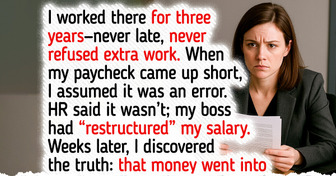My Mom Ignored Me for Years, Then Suddenly Begged Me for Help

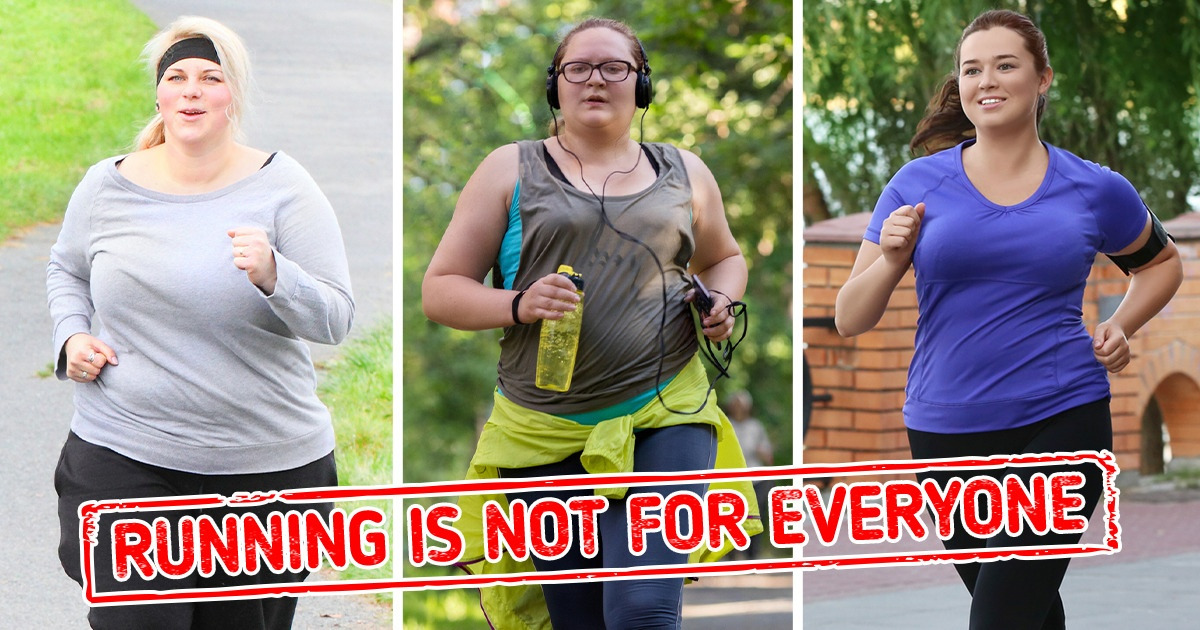
According to official data, about 621 million people run as a hobby or sport, and over $11 billion is spent on running gear. This piece of information is very encouraging, and it shows just how much people care about their physical activity. Some of them surely run marathons and other races in their city, and maybe they do all sorts of preparation for these events. There are so many myths circulating out there that we wanted to clear things up and help you be informed in the best way possible.
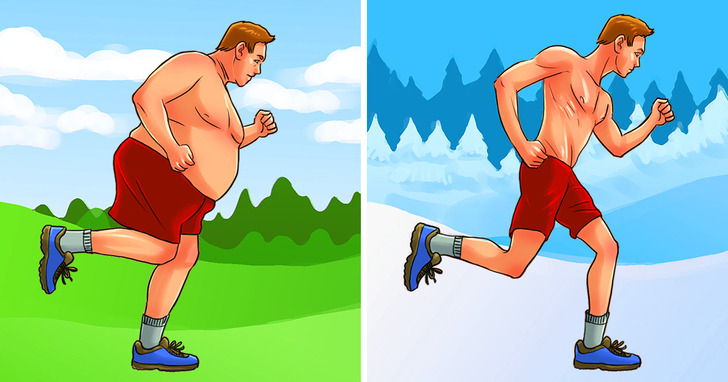
Running is indeed one of the best ways to strengthen your heart and improve your mood and sleep quality. But, despite what many people think, it’s not the best exercise when your main goal is to lose weight. That’s because this activity gives people a false idea about the number of calories that are burned while doing it. So, people will often consume a lot more calories afterward and end up gaining back everything they burned.
If your only goal is to shed some pounds, you should focus on high-intensity training. Cycling, strength training, and cardio with low-intensity intervals can all be very helpful. That is because they change your pace and make your body burn more calories while going from low- to high-intensity.
Some people think that you need to keep increasing your pace every time you run in order to be able to run at a higher speed. However, this couldn’t be further from the truth and dangerous since it can lead to injuries. Running faster than you can will have your body stressing too much to maintain that high level, and working out at your highest level is beneficial — but you should also take breaks and mix things up.
It’s best if you increase your speed for a few miles and then drop it down a bit. This will help you increase your stamina during races — if this is your thing, and you are looking for a way to improve your time.
Depending on who you ask, they might tell you that you should replace your shoes every 250 to 500 miles. However, a study showed that good quality shoes can be fully functioning even after completing 600+ miles. So, this means that the type and brand of the shoe play a huge role in how often you will need to purchase new pairs. Also, it can be a matter of size, since bigger people can wear out their shoes a lot quicker than smaller people.
It might be helpful to have a couple of different running shoes based on the terrain you’re running on. For example, running on a treadmill is a lot different than running on the street. Your legs get a lot more pressure when running outside, so maybe a different type of shoe will be better for them.
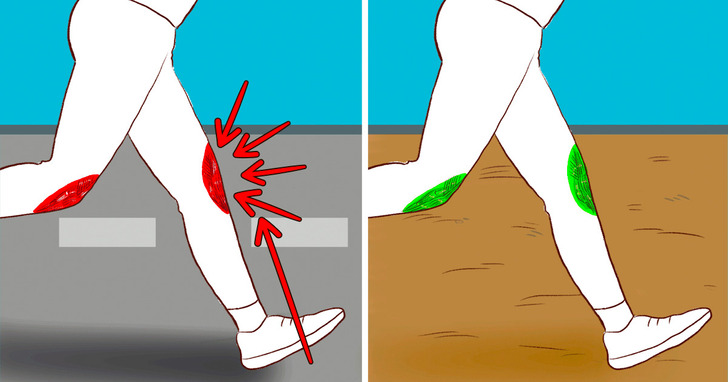
The truth is that knees can benefit from running, and they get even stronger in the long run. Many scientists will tell you that people who run for most of their lives tend to have stronger knees than those who have never practiced this activity. Not only that, but a study showed that marathon runners had half the incidence of knee osteoarthritis compared to walkers.
But, you shouldn’t worry about your knees since the more you run, the stronger your knees get by adapting to the exercise. And since our knees don’t bend or twist too much while running, it can be considered a pretty safe exercise. Remember that more injuries that cause pain while running are caused by muscular imbalances — it’s not a knee issue.
Running a race is on its own a great thing to do and a moment of personal pride when you finish. But there are so many people who are fixated on the fact that they should run as fast as they can in order to finish with a good time. That could be dangerous for them since they might get tired a lot faster and end up injuring themselves.
The best method is to slowly increase your tempo, and while running a race, keep a steady speed until the end, when you can accelerate. The goal shouldn’t be to outrun everyone around you, but to strive for your personal best.
There is a strong notion out there that stretching before running can prevent injuries, but that has no scientific evidence. There is also no study showcasing that stretching will make your performance better. What we do know is that dynamic stretches are beneficial either before you run on a Sunday morning or before a marathon. These stretches include high-knee skips, side leg swings, squats, and walking lunges.
The truth is that taking small walking breaks during a run helps your joints take a break and recharge. Not only that, but you can build up your endurance by doing small runs or sprints and then doing a walking break. For those who run on a more advanced level, taking long walks is a perfect idea for their recovery days.
For those who aren’t very familiar with the whole concept of running, they can start by walking and slowly increase their speed. Sooner or later, running will come naturally to them.
While lighter people can oftentimes be faster, this doesn’t mean that heavier people can’t run efficiently. Weight on its own shouldn’t be the x-factor, since even individuals who are very slim can be slow due to a lack of muscle mass. That’s why heavier people, with a good percentage of muscle mass, can be faster than slimmer people. Also, the percentage of body fat plays a massive role in your overall performance, and just because your weight is higher, it doesn’t mean that it’s all fat.
Let’s start with the fact that there aren’t any “best” shoes on the market, since it’s all about how each person feels when wearing a pair. Shoes that are great for one person can be uncomfortable and even bad for someone else. Then, we move on to the different brands that are out there, and what we see is that some people stick to a certain brand and never change. While this is okay, you might want to experiment with other brands and see how your feet feel about them.
The bottom line is that you shouldn’t listen to what anyone says, but instead try out different models and see how you feel about them. Avoid buying something just because the brand is amazing and everyone chooses its shoes.
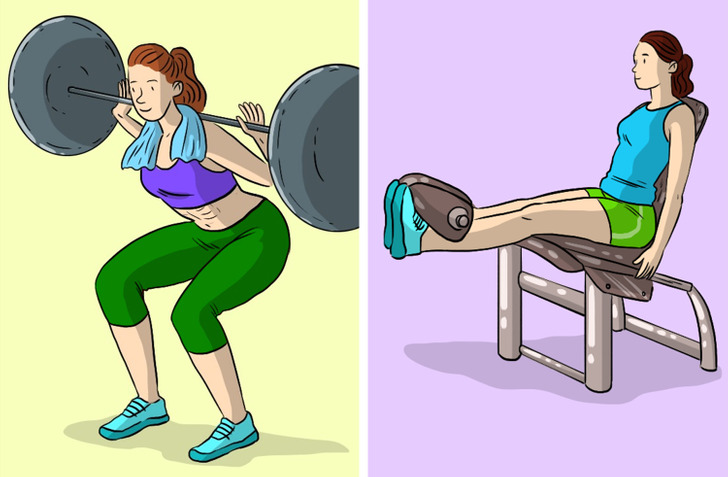
If you want to improve your performance and your stamina, then you should definitely start strength training your legs and your upper body. By doing so, you’re helping yourself to prevent injuries and improve the power output of your muscles. Also, you are addressing any muscle imbalances that could lead to injuries and make it hard for you to run.
The equipment that might be useful in this type of training includes the Olympic barbell, power rack, dumbbells, kettlebells, and sandbags. As for your upper body, having enough strength will help you keep a good running posture as you are starting to get tired.
Are you a runner and, if you are, what exercises do you do in order to strengthen your body and improve your performance?








